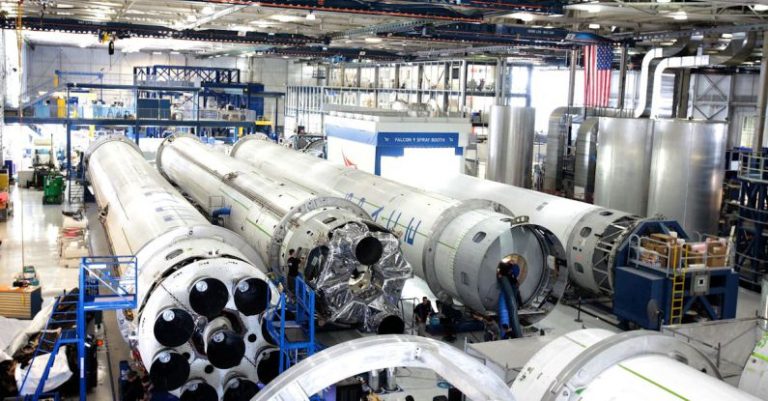Biocompatible Composites: the Future of Medical Implants
Medical science has made significant strides in recent years, particularly in the field of implant technology. The development of biocompatible composites has revolutionized the design and functionality of medical implants, offering patients a safer and more effective alternative to traditional materials. These innovative materials combine the strength and durability of synthetic polymers with the biocompatibility of natural substances, making them ideal for a wide range of medical applications.
The Evolution of Medical Implants
Implant technology has come a long way since the early days of metal and ceramic implants. While these materials were effective in replacing damaged or missing body parts, they often caused complications such as rejection, infection, and limited range of motion. The need for a more biocompatible and versatile material led to the development of biocompatible composites, which have since become the gold standard in medical implant technology.
The Advantages of Biocompatible Composites
Biocompatible composites offer a host of advantages over traditional implant materials. One of the key benefits is their ability to mimic the mechanical properties of natural tissues, resulting in implants that are more comfortable and functional for patients. These materials are also highly customizable, allowing for precise design and fabrication to meet the specific needs of each patient. In addition, biocompatible composites are less likely to trigger an immune response or cause allergic reactions, reducing the risk of complications and improving overall patient outcomes.
Applications of Biocompatible Composites in Medical Implants
The versatility of biocompatible composites makes them suitable for a wide range of medical implant applications. One of the most common uses is in orthopedic implants, such as joint replacements and bone grafts, where the strength and durability of these materials are essential for long-term success. Biocompatible composites are also used in dental implants, where their natural appearance and biocompatibility make them an ideal choice for replacing missing teeth.
Another promising application of biocompatible composites is in tissue engineering, where these materials are used to create scaffolds for growing new tissues and organs. By combining synthetic polymers with natural substances such as collagen and hyaluronic acid, researchers are able to create implants that closely resemble the body’s own tissues, promoting integration and regeneration.
Future Developments and Challenges
While biocompatible composites have shown great promise in the field of medical implants, there are still challenges to overcome. One of the main hurdles is ensuring the long-term stability and biocompatibility of these materials, particularly in complex implant designs or high-stress environments. Researchers are also working to improve the manufacturing processes and reduce the cost of biocompatible composites, making them more accessible to a wider range of patients.
The Future of Medical Implants
As technology continues to advance, the future of medical implants looks bright with the ongoing development of biocompatible composites. These innovative materials offer a safe, effective, and versatile solution for patients in need of implants, with the potential to improve outcomes and quality of life. With further research and innovation, biocompatible composites are poised to revolutionize the field of medical implants and pave the way for a new era of personalized healthcare.






